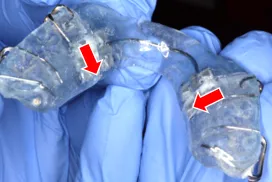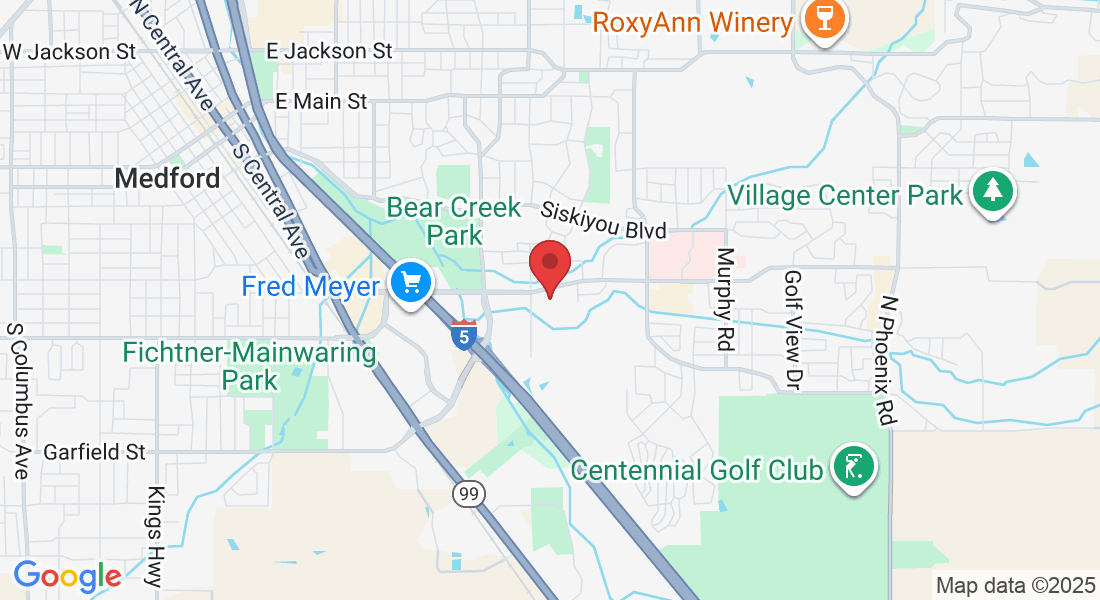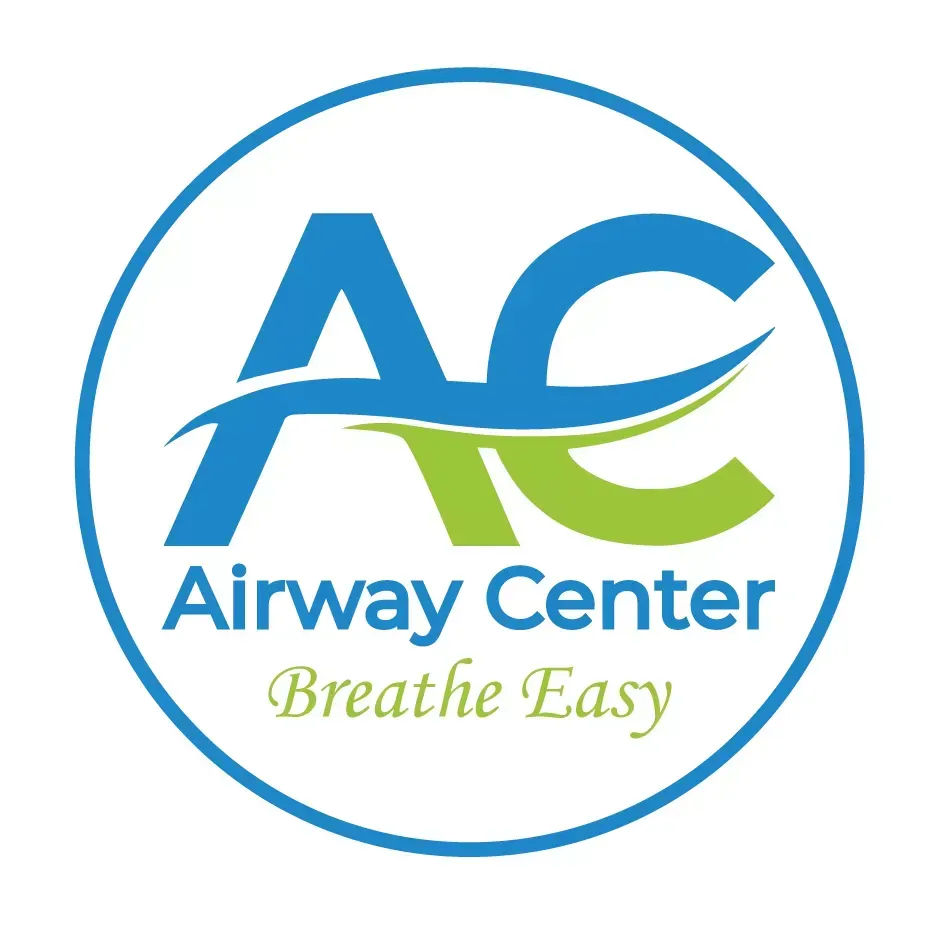Frequently Asked Questions
Have questions about airway treatment? Check out our FAQs below. If you don't find the answer you're looking for, please contact our office.
Do you have to get braces or aligners after treatment?
For Adults:
In the context of airway treatment, braces and/or clear aligners are typically an integral part of the treatment plan. While there are some instances where aligning might not be necessary, for the majority of patients, this step is essential to achieve a comfortable bite position and a beautiful end result.
For Children:
-Children with All Baby Teeth: In cases where children still have all their baby teeth and there's adequate space for teeth to erupt, aligning is often not necessary. The teeth generally come in with only minor or no adjustments needed.
-Children with a Mixture of Baby and Permanent Teeth: This situation is assessed on a case-by-case basis. Frequently, enough space has already been created, allowing the permanent teeth to come in relatively straight. However, in some cases, aligning might be required, but typically for a shorter duration than traditional braces treatment.

How are your braces or aligning different from traditional?
Differences Between Traditional Orthodontic Techniques and Our Office's Modern Practices
Traditional Orthodontic Techniques:
-Mechanism: In traditional orthodontics, metal brackets are bonded to the teeth or clear aligners are used to apply pressure, aiming for aesthetically pleasing straight teeth.
-Space Creation: Creating space often involves interproximal reduction (saving the sides of teeth to reduce their width) or extracting certain teeth to provide sufficient room for alignment.
-Tooth Movement: Traditional braces generally work by retracting the teeth backward into alignment. This backward movement can restrict natural growth, alter the natural facial profile, and create TMG issues as the front teeth are pulled back to fill spaces. This can result in a smaller palate, less space for the tongue, and a restricted airway, potentially leading to airway-related health issues in the future.
Or Office's Modern Airway Orthodontic Practices:
-Mechanism: We utilize advanced aligners and innovative wire braces techniques that diverge from traditional braces and aligners. Our approach focuses on preserving and optimizing the space created during the expansion process.
-Space Creation: Unlike traditional methods, we don't rely on interproximal reduction or extractions. Our aligners and wire braces techniques are designed to create and hold necessary space in a more conservative manner, minimizing the need for invasive procedures while optimizing airway and tongue space.
-Tooth Movement: Our practice emphasizes moving the teeth forward to fill spaces rather than pulling the front teeth back. This forward movement tends to preserve a more natural and aesthetic facial profile and create optimal tongue and airway space.
-Space Maintenance: With our aligning techniques, the space is consistently maintained by the aligners or braces themselves. Our aligning options are engineered to gradually guide the teeth forward into their new positions and keep them there throughout the treatment without the risk of relapse.
By focusing on these modern techniques, our goal is to provide a more comfortable, less invasive, and aesthetically pleasing orthodontic treatment. We strive for optimal results while enhancing the natural appearance, space in the mouth, and palate for the overall health of our patients.
How long does it take to fabricate my appliance?
You can expect to have your appliance within 2-4 weeks after your initial scan or impressions are taken.

What should I do if I lose or break my appliance?
If you lose your appliance, call the office as soon as possible. Relapse can happen quickly, so it's important to get something to maintain the space while we fabricate a new one.
If your appliance is broken, call us as soon as possible. If it can still be worn safely, please continue to wear it, even if it's just at night, to maintain your space until you can come in for an evaluation. The appliance can sometimes be fixed, but in some cases, it might need to be refabricated.
What type of material are appliances made from?
Polymethyl Methacrylate (PMMA): PMMA, also known as acrylic, is a "BPA -Free" and non-toxic alternative to polycarbonate (PC). In its solid form, PMMA is safe and works well with human tissue, making it a popular choice for contact lenses, dentures, and bone replacements. Because it is non-toxic and body-friendly, PMMA is widely used in many medical and dental applications.

Will my child's speech development be affected by using an appliance?
Wearing a dental appliance will initially alter speech. The duration of adjustment varies, but most patients notice significant improvement within a couple of weeks as the tongue adapts.
During treatment, space and ease for speech sounds and the tongue's resting position are created. As the tongue acclimates to its new, wider environment, maintaining good resting postures and achieving clear speech production becomes more consistent.
Ultimately, once the treatment is complete, the upper area becomes more spacious for the tongue to move and interact, which typically benefits speech development in the long term.

Braces VS. Clear Aligners?
Clear Aligners
Pros:
-Removable: Easier to eat, brush, and floss without obstruction
-Discreet: Almost invisible, providing a more aesthetic option
-Activity-Friendly: Does not interfere with activities such as playing musical instruments or engaging in contact sports.
Cons:
-Speech Impact: May affect speech
-Cost: Generally, a more expensive option
-Limitations: Not suitable for very complex cases or extensive movements
Braces
Pros:
-Effective Movements: Certain dental movements can be achieved more quickly
-Customization: Allows for highly customized adjustments that may not be possible with aligners
-Personalization: Offers the option to customize colors for a personal touch
Cons:
-Initial Discomfort: Typically more discomfort initially
-Visibility: More noticeable in appearance
-Activity Restrictions: May interfere with activities like playing musical instruments or contact sports
-Oral Care: More challenging to eat with and maintain oral hygiene
-Frequent Visits: Requires more frequent in-office visits for adjustments

Typically how long are patients in treatment for?
Treatment duration varies based on the individual case
Appliance Wear:
*Usually lasts between 6-12 months, depending on the amount of crowding and the goals we aim to achieve
Aligning:
*For older children, treatment typically ranges from 6-18 months. For adults, it usually takes between 12-24 months.
Is decay something I need to worry about with my child wearing an appliance?
When a child has a compromised airway, they often grind their teeth to try and force the airway open. This grinding is very damaging to the structure of the teeth. With occlusal coverage, the teeth are protected from the forces of grinding, and the lower jaw has the freedom to move forward and open the airway. While decay is a small concern compared to the many benefits of wearing an appliance, there are several ways to help protect the teeth from decay during the process:
1.) Rinse the appliance and mouth after eating or drinking anything (except water) - This helps eliminate food/sugars sitting on the teeth.
2.) Increase frequency of hygiene appointments - Consider scheduling appointments every 3 months.
3.) Use a high pH re-mineralizing toothpaste or baking soda - Placing this in the appliance during the day or at night can strengthen the teeth and promote remineralization.

Can we bill insurance for appliances?
Yes, although we do not work directly with any insurance companies, we are able to provide superbills that can be used for reimursement.
Dental Insurance-There are many dental plans that offer orthodontic coverage, we are able to use the amount you have to cover or towards treatment.
FSA (flexible spending accounts) can also be used towards treatment.
For patients with a clinical diagnosis of sleep apnea, oral night-time sleep appliances are often able to be billed with medical insurance.
How do I turn the key on my airway appliances?
Breathe Easy. Sleep Peacefully. Smile with confidence.
All logos and marks are protected per their respective companies. Copyright 2024 Doctor Nathan Tanner, DMD, LLC., AirwayCenter.com. All Rights Reserved.



